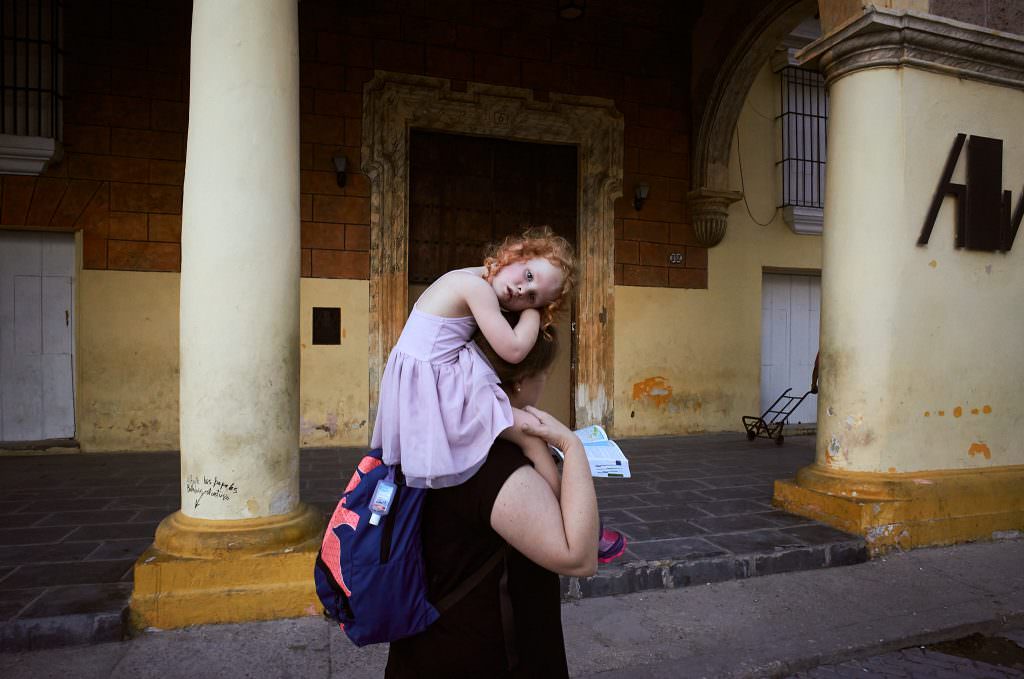Fourth Exibart Street Contest, Discover the Finalists: Flavio Zamberlan
Dear Flavio,
first of all, congratulations! You are one of the ten finalists in our fourth Street Photography Competition in the Best Series category, and we are very happy to have this interview with you. Can you tell us something about yourself and the finalist series? What was the main source of inspiration for this photo series? What did you hope to communicate through these images?
Certainly! At 49, I balance a career in the Italian parliament with my passion for street photography. My finalist series is a testament to my evolution as a photographer and my deep affinity for urban environments. Inspired by the bustling energy of city life, I sought to capture the beauty and complexity of everyday moments often overlooked. Through these images, I aimed to convey the dynamic tapestry of urban existence, where individual stories merge to create a vibrant collective narrative of the city’s soul.
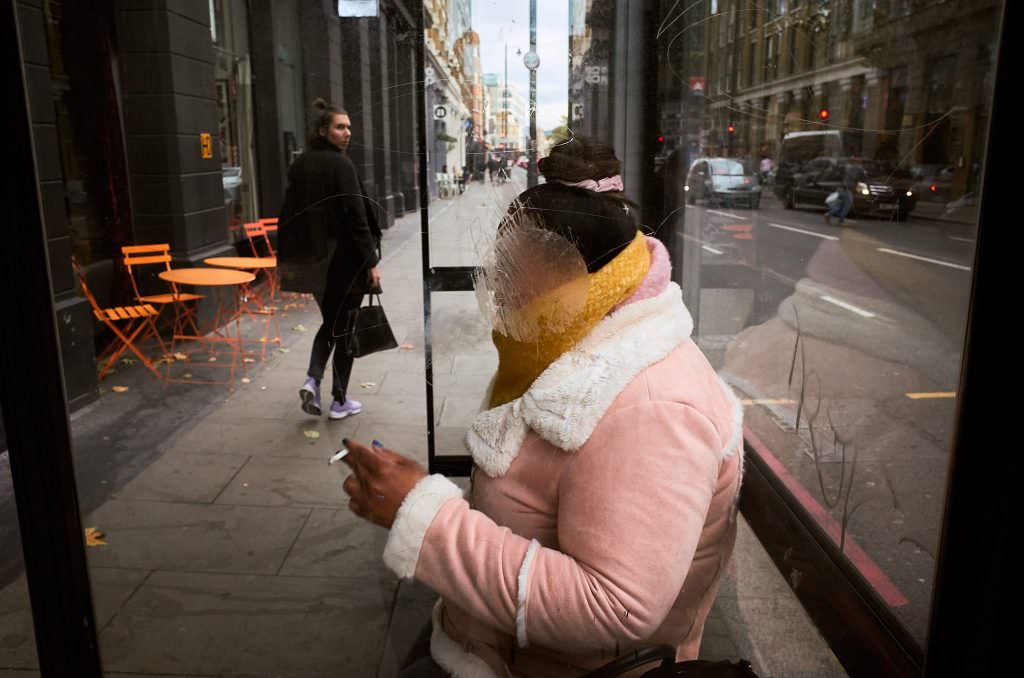
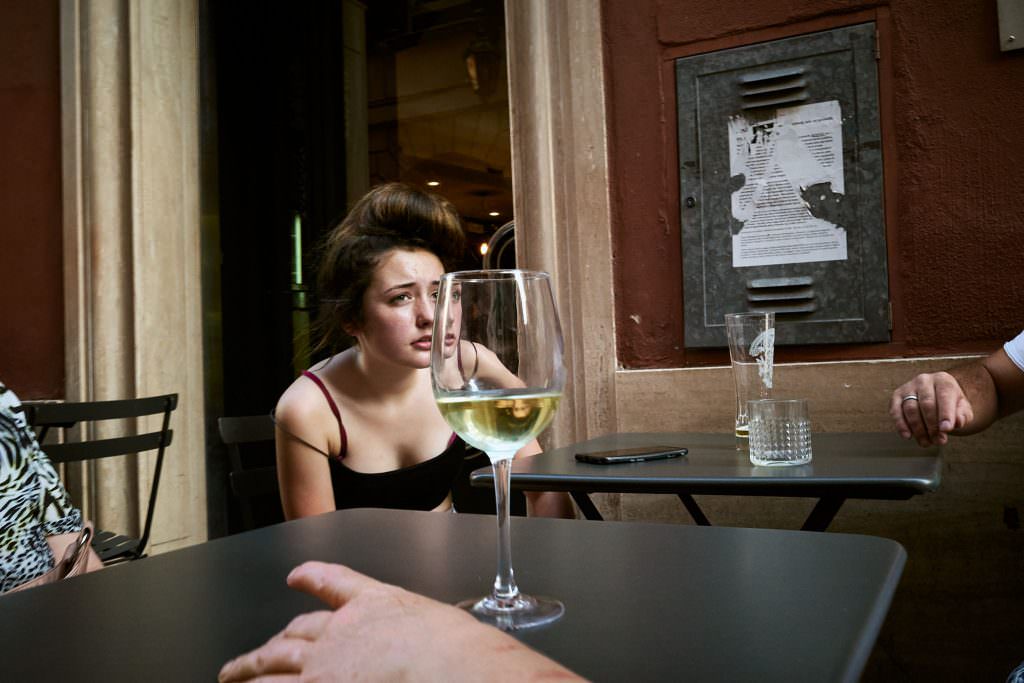
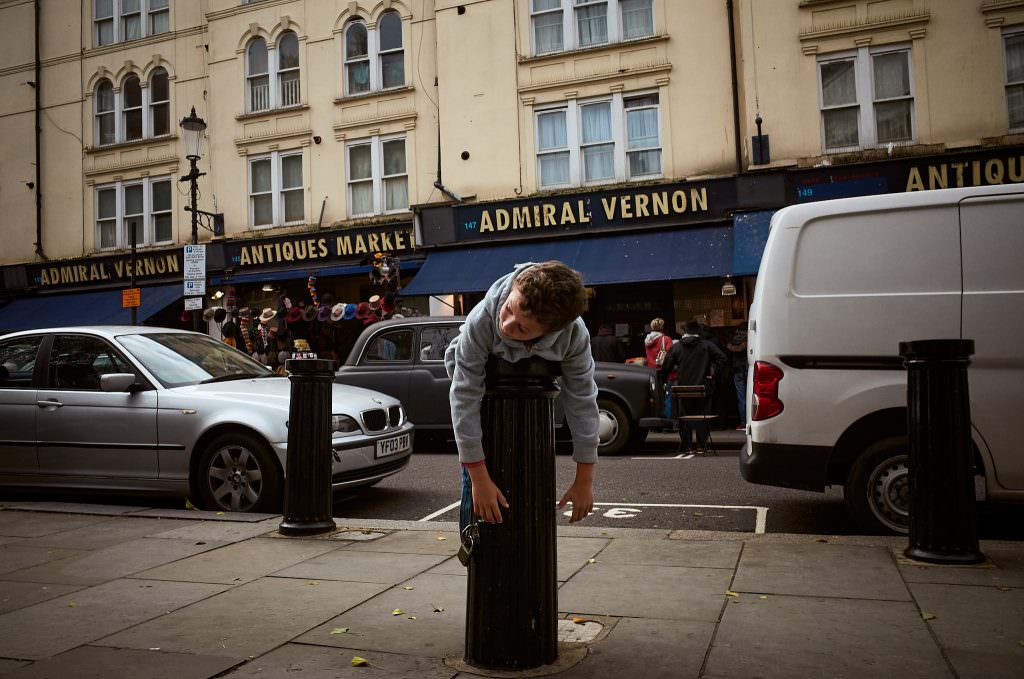
How do you choose the subjects or scenes to photograph?
Choosing subjects or scenes to photograph in street photography is a blend of intuition, observation, and patience. I don’t usually set out with a specific subject in mind; instead, I let the streets guide me.
Is there a theme or thread you follow when creating a new series?
Yes, when creating a new series, I typically follow a specific theme or thread to ensure the collection is cohesive and meaningful. By following these themes or threads, I aim to create a series that not only presents visually engaging images but also offers a deeper narrative about urban life and human experiences. Each photograph, while powerful on its own, contributes to a larger story that invites viewers to pause, reflect, and connect with the world around them.
Color seems to play a significant role in many of your photographs. How do you use color to influence the mood or message of your images?
Color is a powerful tool in photography and can greatly influence the mood and message of an image. For example, warm colors (reds, oranges, yellows) tend to evoke feelings of warmth, energy, and excitement. Cool colors (blues, greens) are often associated with calmness, serenity, and peace. Neutral colors can create a sense of stability and timelessness. They often work well in creating a classic or understated look. In post-processing, I can adjust colors to enhance the desired mood or correct any color imbalances. For instance, adding a blue tint can create a cooler, more somber atmosphere, while boosting saturation can make a scene feel more vibrant and alive. By thoughtfully using color, I aim to not only make my photographs visually appealing but also to deepen the narrative and emotional resonance, creating a more immersive experience for the viewer.
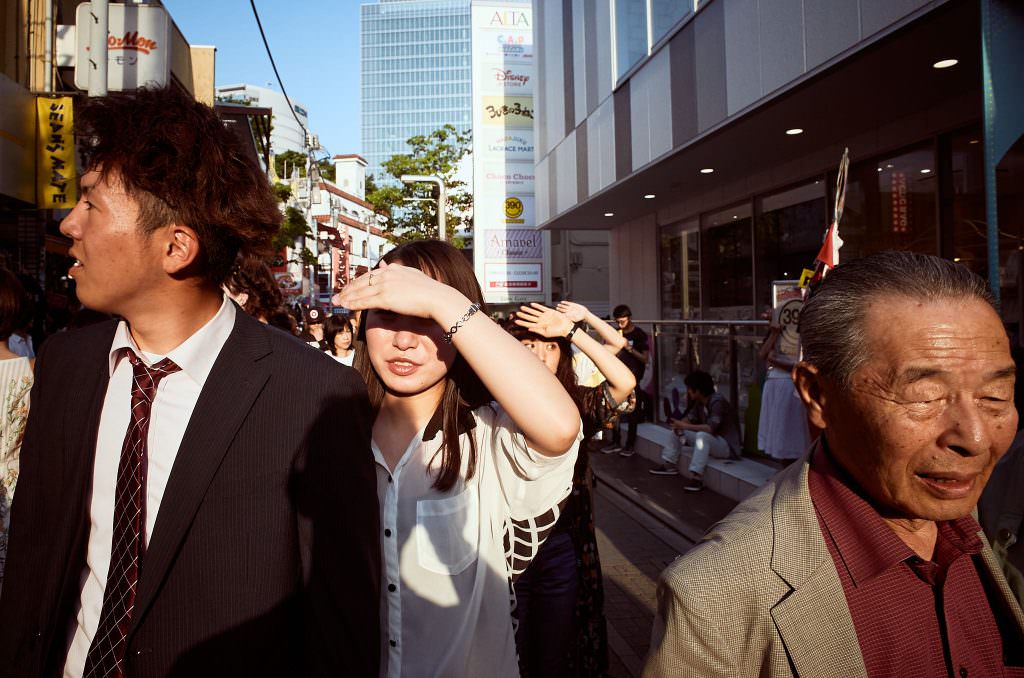
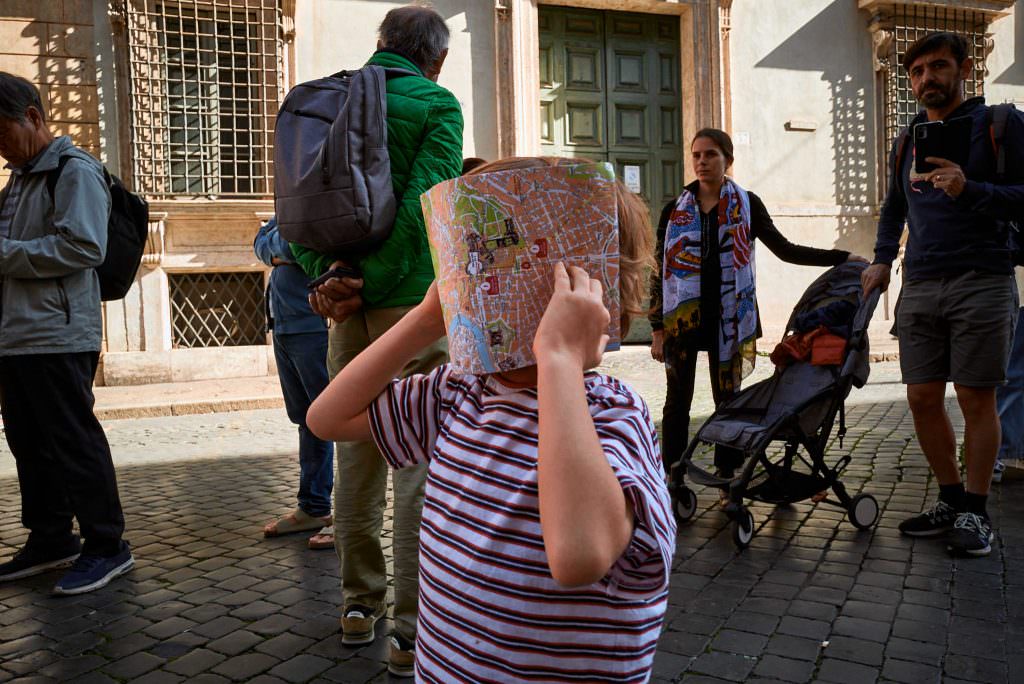
Many of your images capture everyday details that often go unnoticed. How do you decide which details to include and which to leave out?
I decide which details to include by focusing on elements that support the story or emotion I want to convey, keeping compositions clean and uncluttered, and using lighting and depth of field to highlight important aspects. I leave out anything that distracts from the main subject or dilutes the intended impact of the image.
Can you describe some of the photographic techniques you use to capture the atmosphere and moment in your photographs?
In street photography, I often use zone focusing to ensure quick and accurate focus in dynamic environments. This technique involves pre-setting the focus distance on my lens, allowing me to capture spontaneous moments without delay. It helps me maintain a sense of immediacy and authenticity in my images.
“I see my photographic work evolving as a journey of continuous growth and exploration. With each project and experience, I refine my skills, deepen my understanding of storytelling, and push the boundaries of my creativity.”
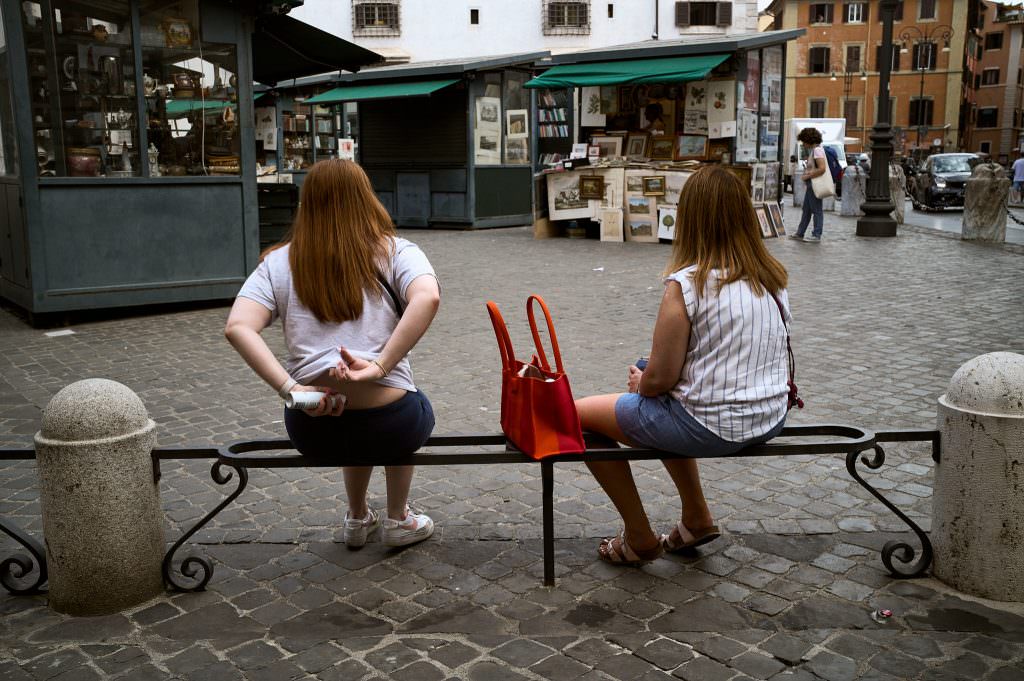
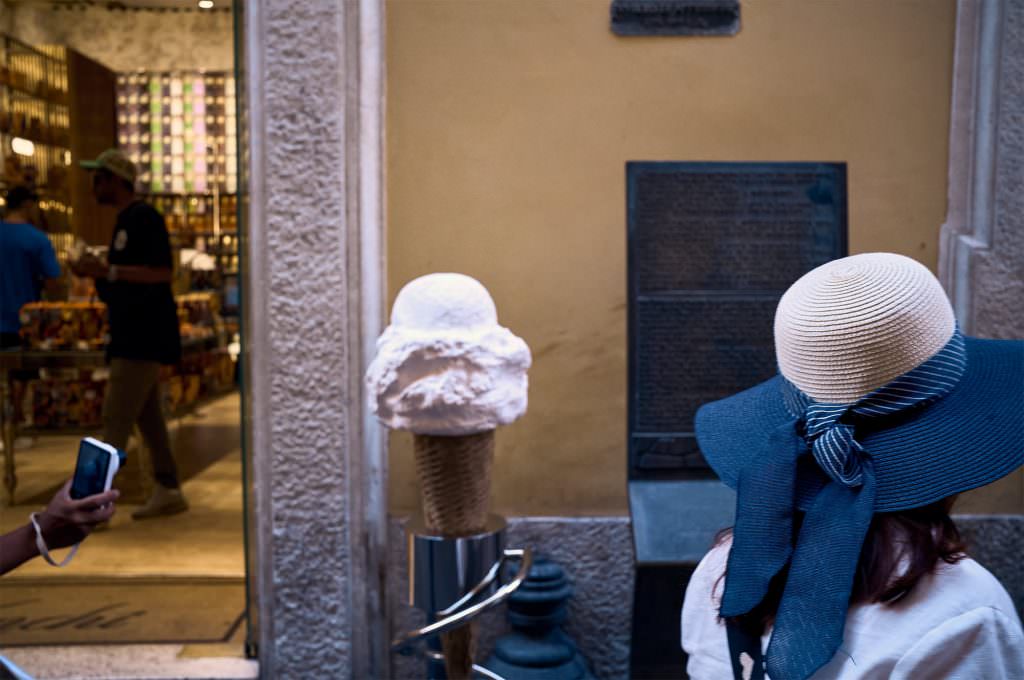
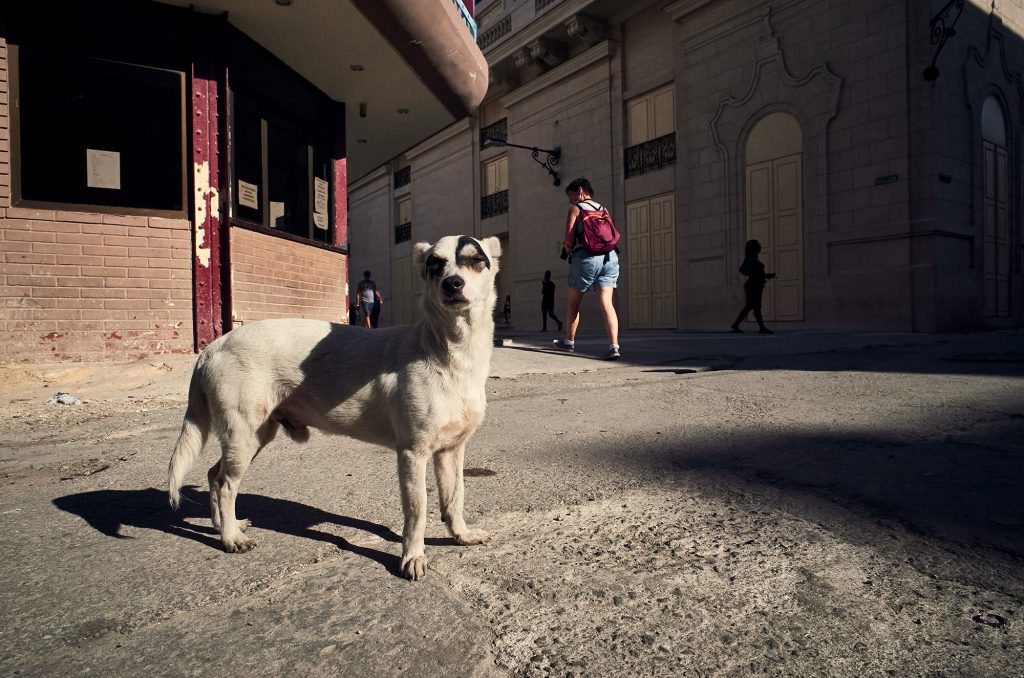
How would you define your photographic style?
My photographic style is characterized by a blend of documentary and artistic approaches, focusing on capturing authentic moments and emotions in everyday life. I gravitate towards candid and spontaneous compositions, often exploring themes of human connection and the beauty found in ordinary moments.
Have you ever studied at a photography school, or are you a self-taught artist?
I began my journey into photography by studying at a photography school several years ago. The structured learning environment provided me with a solid foundation in the technical aspects of photography, including composition, lighting, and camera operation. However, it was through my own self-directed exploration and study of the works of influential artists that I truly began to develop my unique style. As I immersed myself in the works of renowned photographers, both past and present, I gleaned insights into various techniques, approaches, and perspectives. I analyzed their compositions, studied their use of light and shadow, and delved into the emotional resonance of their images. Today, I continue to evolve and grow as an artist, drawing inspiration from both the world around me and the rich tapestry of photographic history.
Who are the Masters of Photography who inspired you most in your photographic works?
There are many. I buy many photo books from the past and present. Looking at photographs is always a source of inspiration and learning. If I had to name someone, I would say: Alex and Rebecca Webb, Joel Meyerowitz, Helen Levitt, Josef Koudelka, Daido Moriyama, William Eggleston, William Klein, Diane Arbus, Trent Parke, Rinko Kawauchi, Saul Leiter, Harry Gruyaert, Gueorgui Pinkhassov, Alessandra Sanguinetti, Alec Soth, Pieter Hugo, Ren Hang, Martin Parr, Susan Meiselas, Sally Mann, Sergio Larrain, Larry Towell, Jonas Bendiksen, Paul Graham, Irving Penn, Robert Doisneau, Raymond Depardon, Erwin Olaf, Peter Lindbergh, Guy Bourdin. In short, I admire countless artists; I love photography in general. But if I have to thank one person, it is Eolo Perfido. I met him in 2017 by attending one of his workshops, and we became friends. I consider him a guide like Virgil for Dante Alighieri in the Inferno. He opened my mind and made me understand what I really liked, and this allowed me to develop my style.
Do you ever do Street Photography with your smartphone?
Never. I cannot use the phone to take pictures; it seems very weird for me.
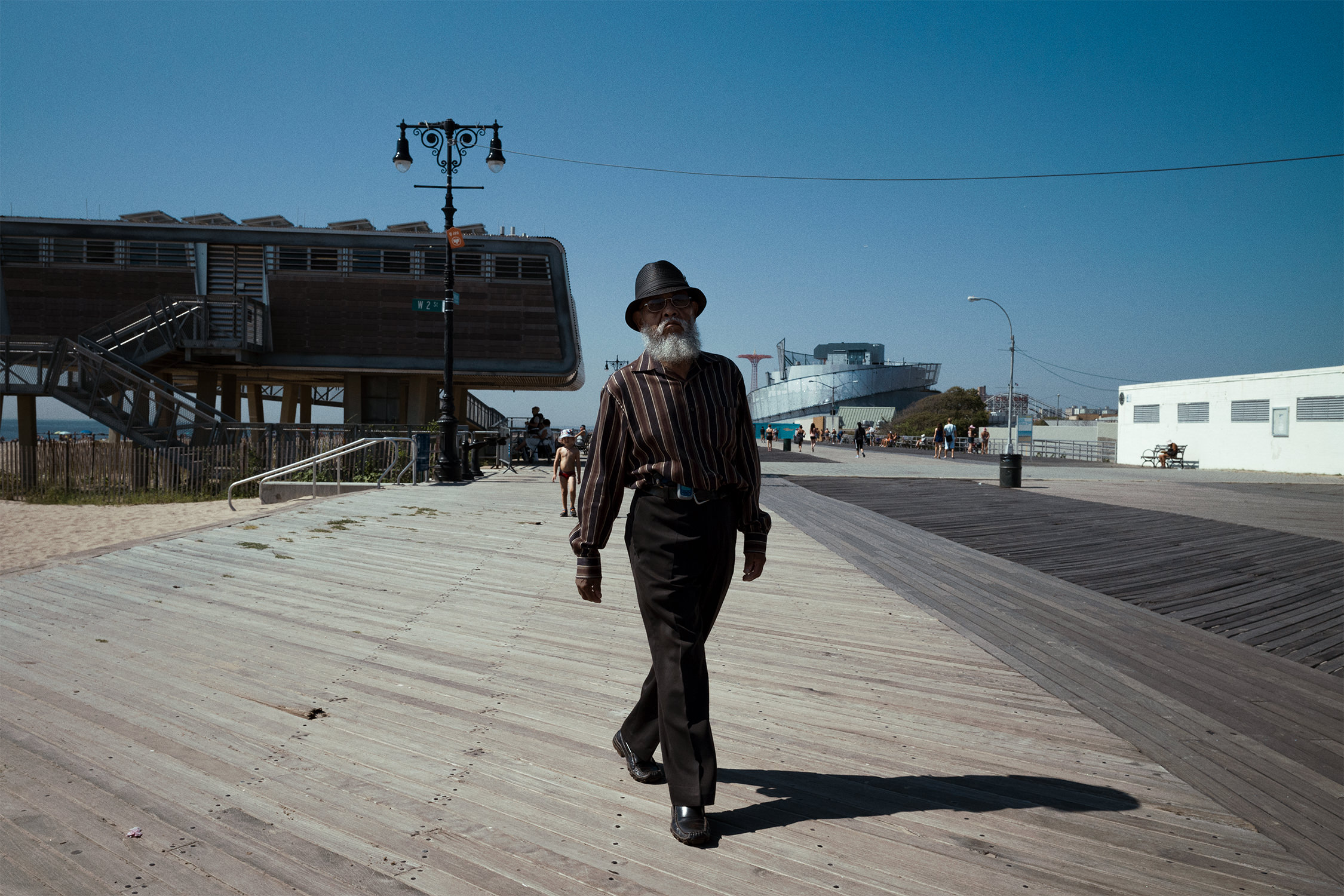
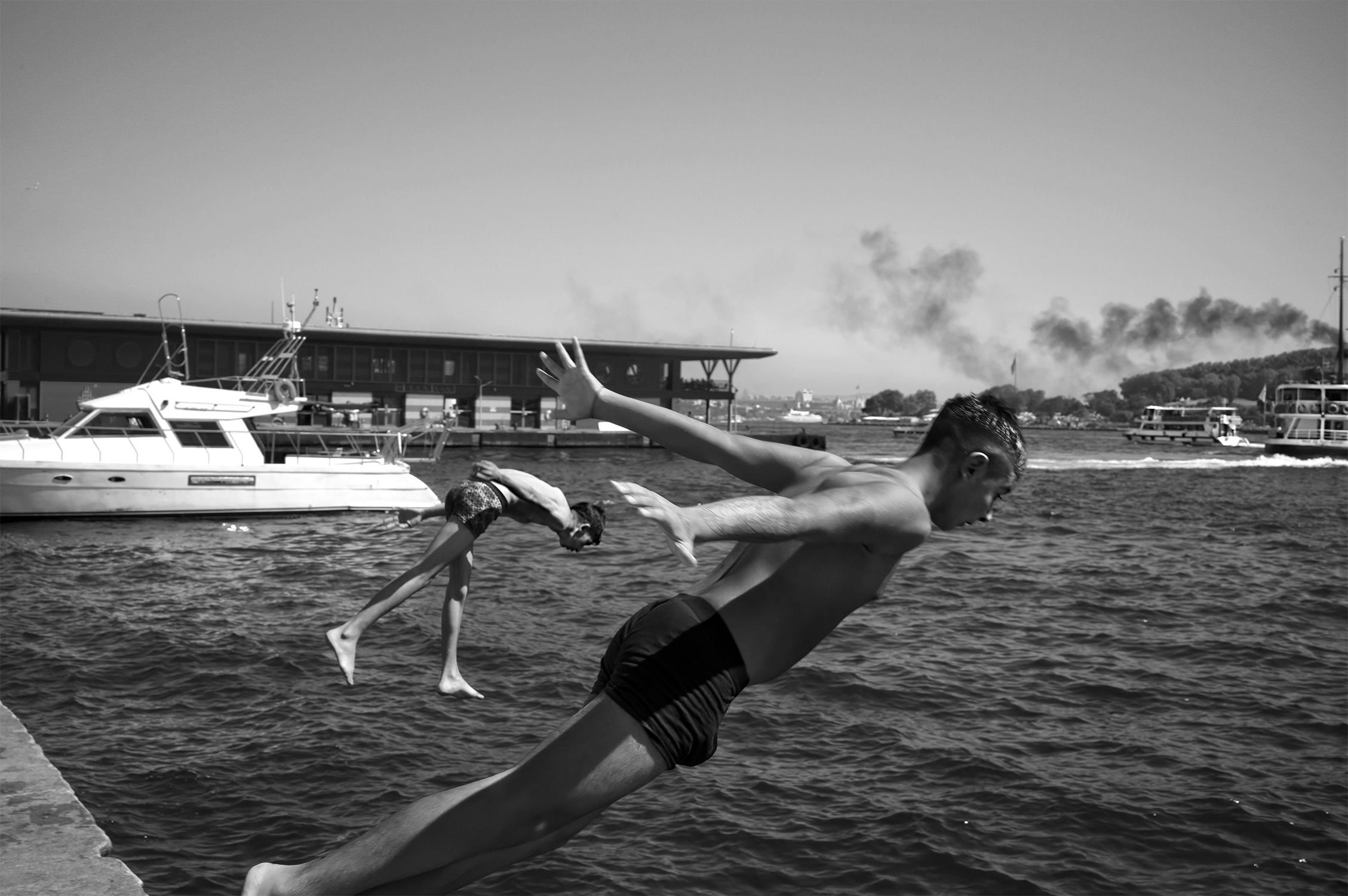
Analog and digital photography. Do you see these as alternatives to one another or the same thing?
Analog and digital photography offer distinct experiences. Analog appeals for its tactile nature and unique aesthetics, while digital provides convenience and versatility. Both have their merits, catering to individual preferences and artistic goals.
Do you think Street Photography has more documentary or more artistic value?
Street photography can possess both documentary and artistic value simultaneously. Its documentary aspect lies in its ability to candidly depict the realities of everyday life, society, and culture. At the same time, street photography often incorporates artistic elements such as composition, light, shadow, and perspective, allowing photographers to convey their unique vision and creativity.
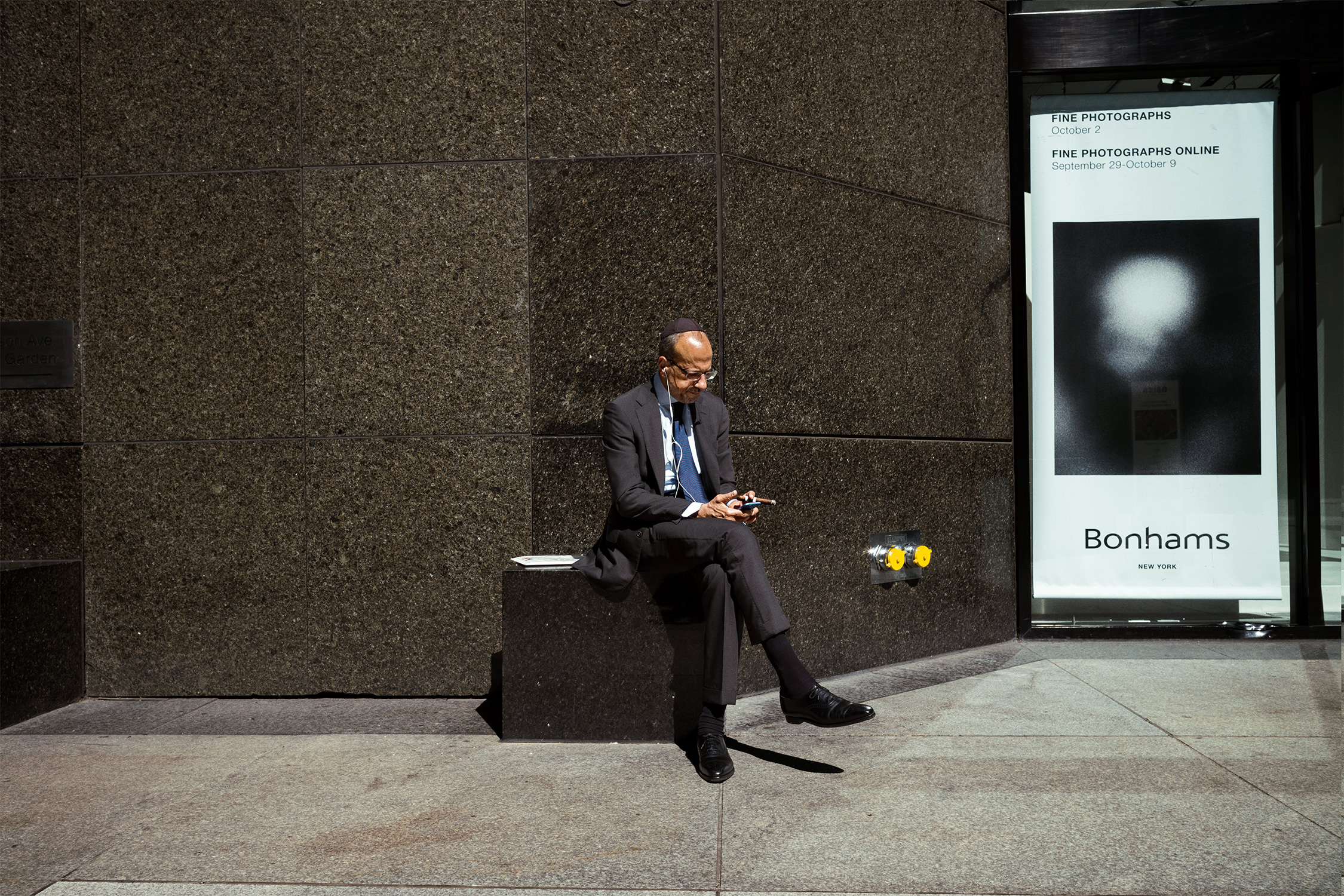
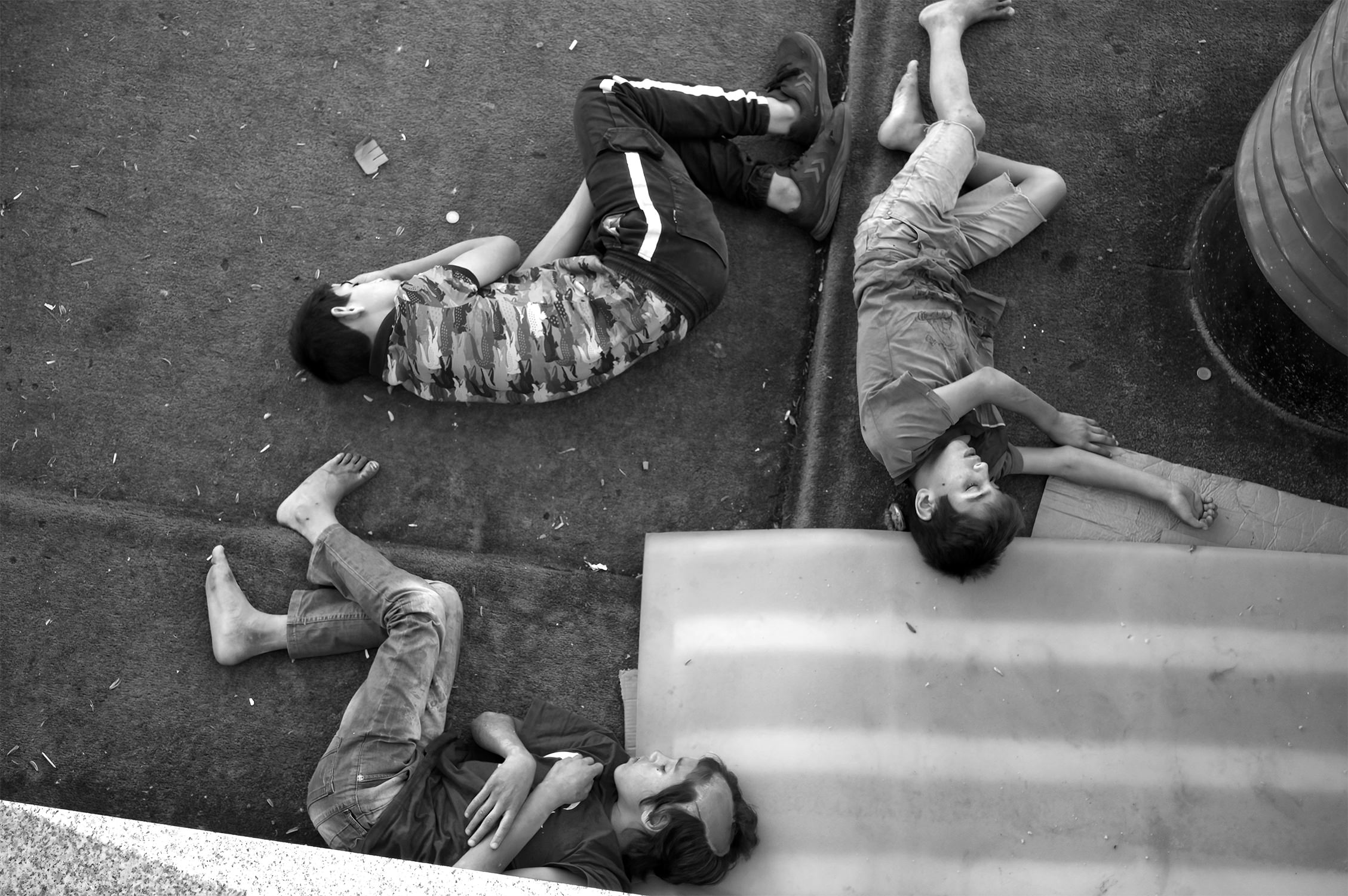
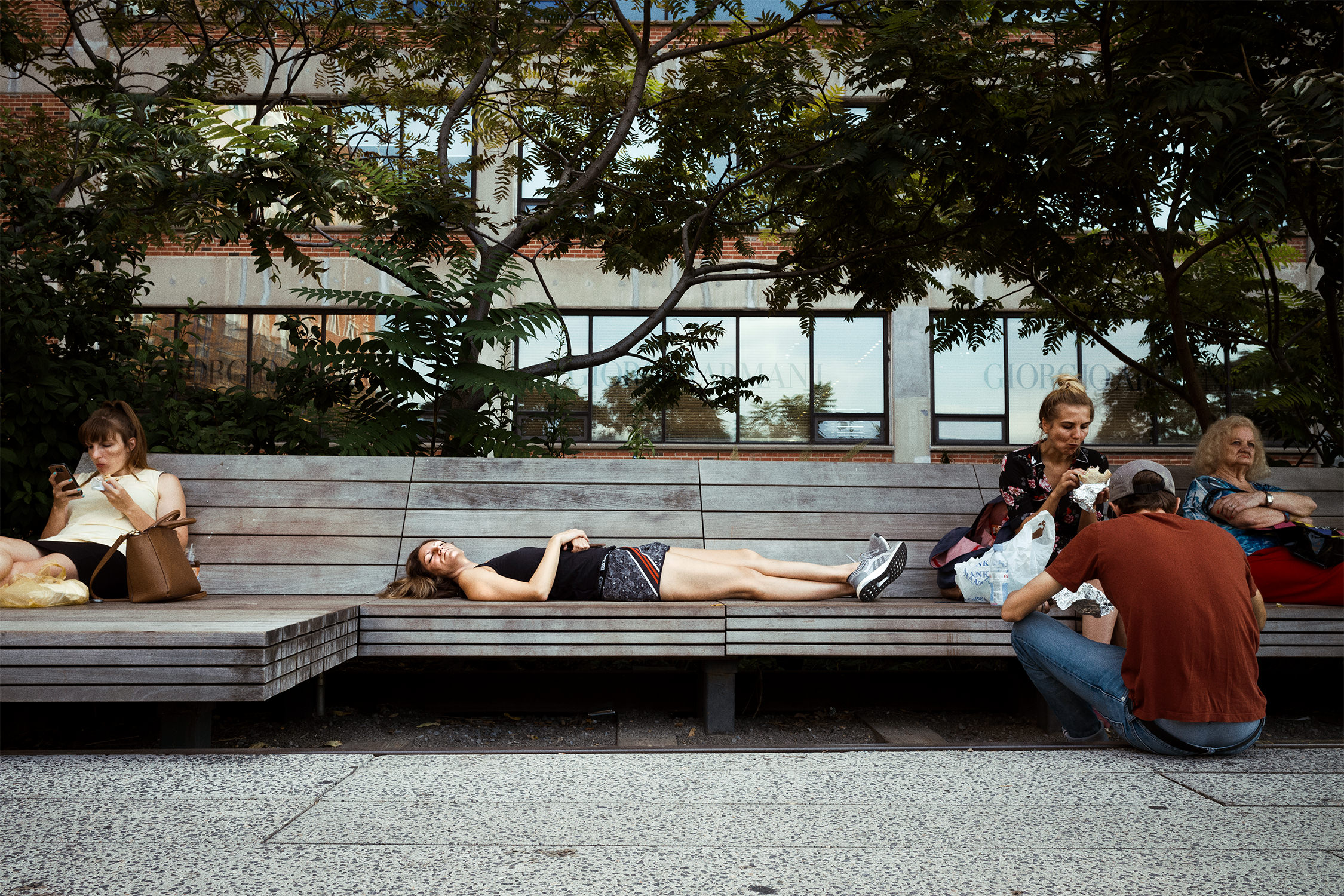
Do you think there are ethical limits in street photography? Do you think it’s possible to shoot everything and everybody? What is your approach in street photography?
Yes, there are ethical limits in street photography. While it’s possible to capture a wide range of subjects and scenes, it’s important to respect the privacy, dignity, and consent of individuals. My approach in street photography is to focus on capturing authentic moments and scenes while being mindful of the impact on the subjects. I aim to maintain a balance between artistic expression and ethical considerations, seeking to tell compelling stories while treating people with respect and sensitivity.
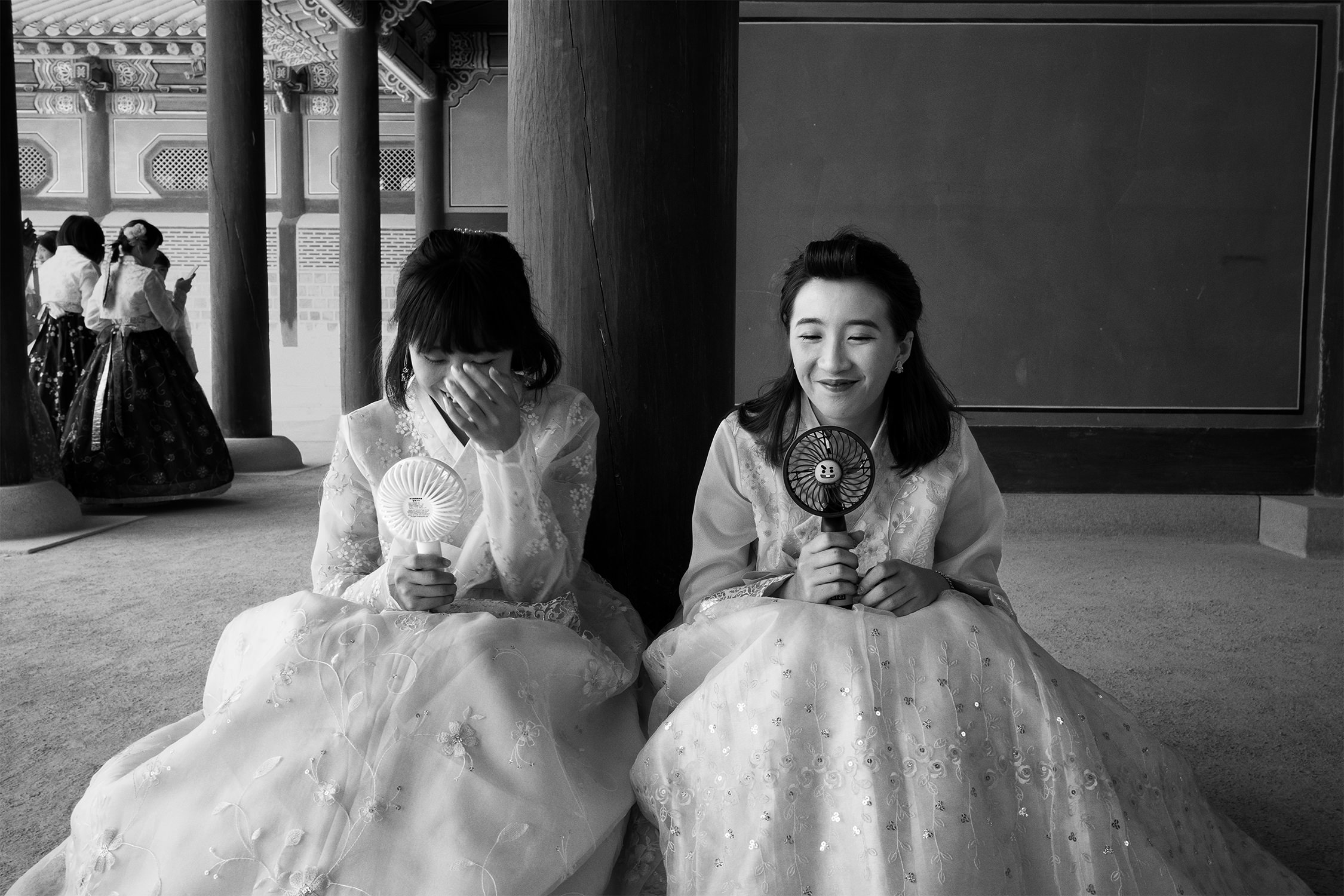
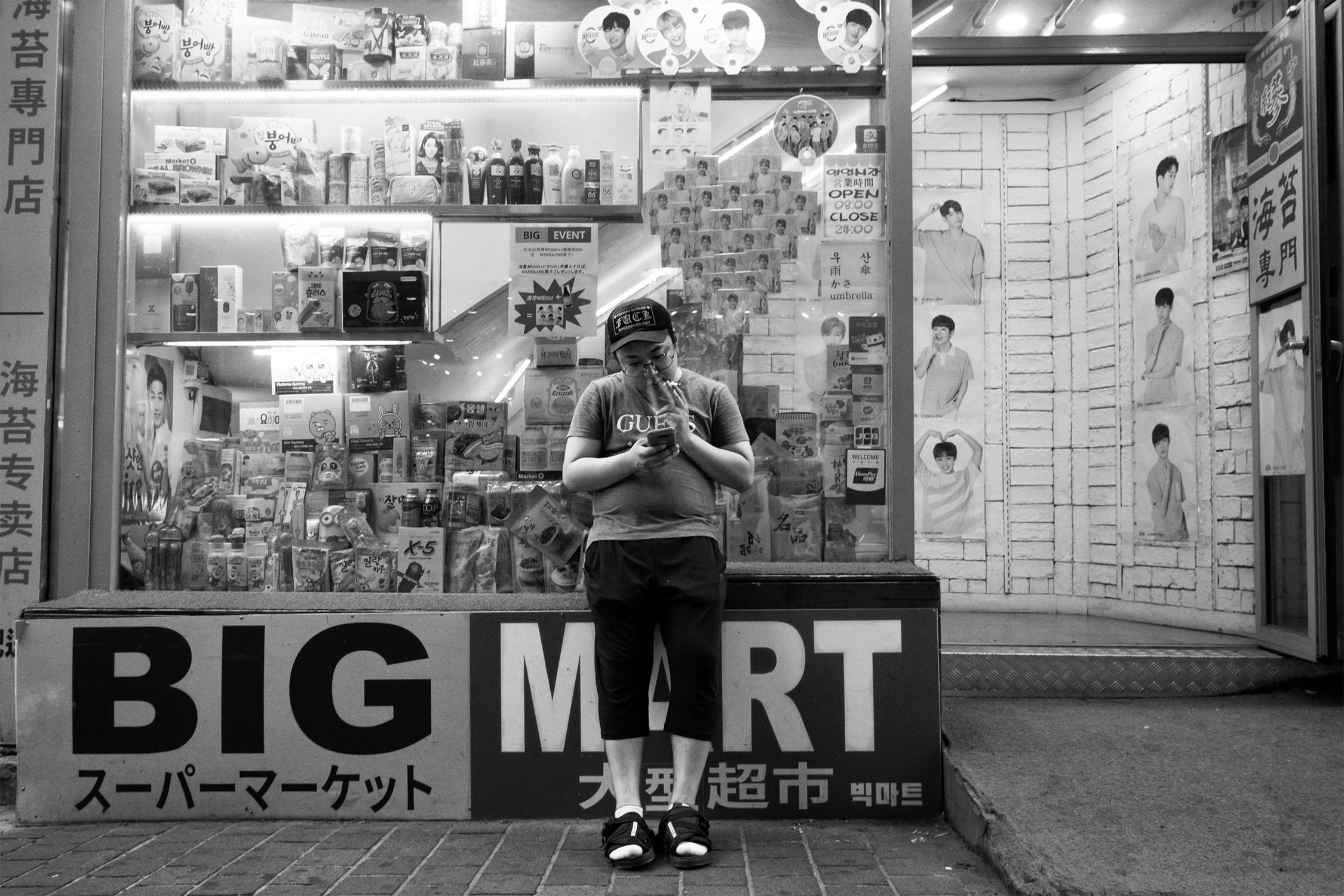
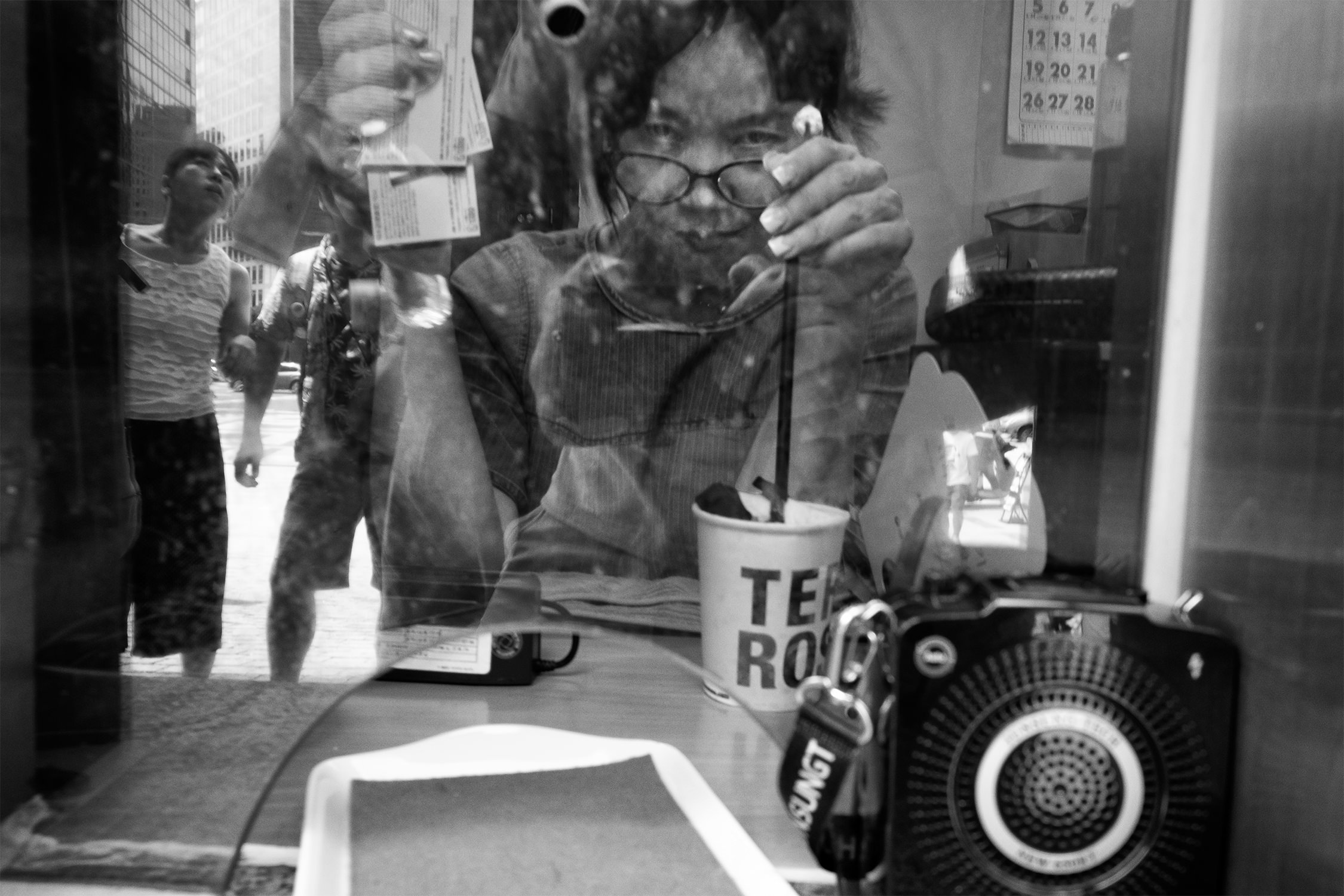
What kind of equipment do you use, and what role, in your opinion, does equipment have in street photography?
For my street photography, I use a Leica Q3, a compact camera with a 28mm lens, a Leica M11 that I use with a 35mm lens, and when I want to be really light in weight, I use a Ricoh GR3. I prefer to use lightweight and discreet equipment such as a mirrorless camera or a compact with a prime lens. I believe equipment plays a supportive role, providing tools to capture moments effectively, but ultimately, it’s the photographer’s vision and technique that are most important in creating compelling street photographs.
If you had to choose one lens to use for the rest of your life, which one would that be and why?
I would choose a 28mm lens because it offers a versatile field of view that is well-suited for a wide range of photography genres, including street photography, documentary, and landscape. Its wide perspective allows me to capture scenes with context and immersion while still maintaining intimacy with subjects.
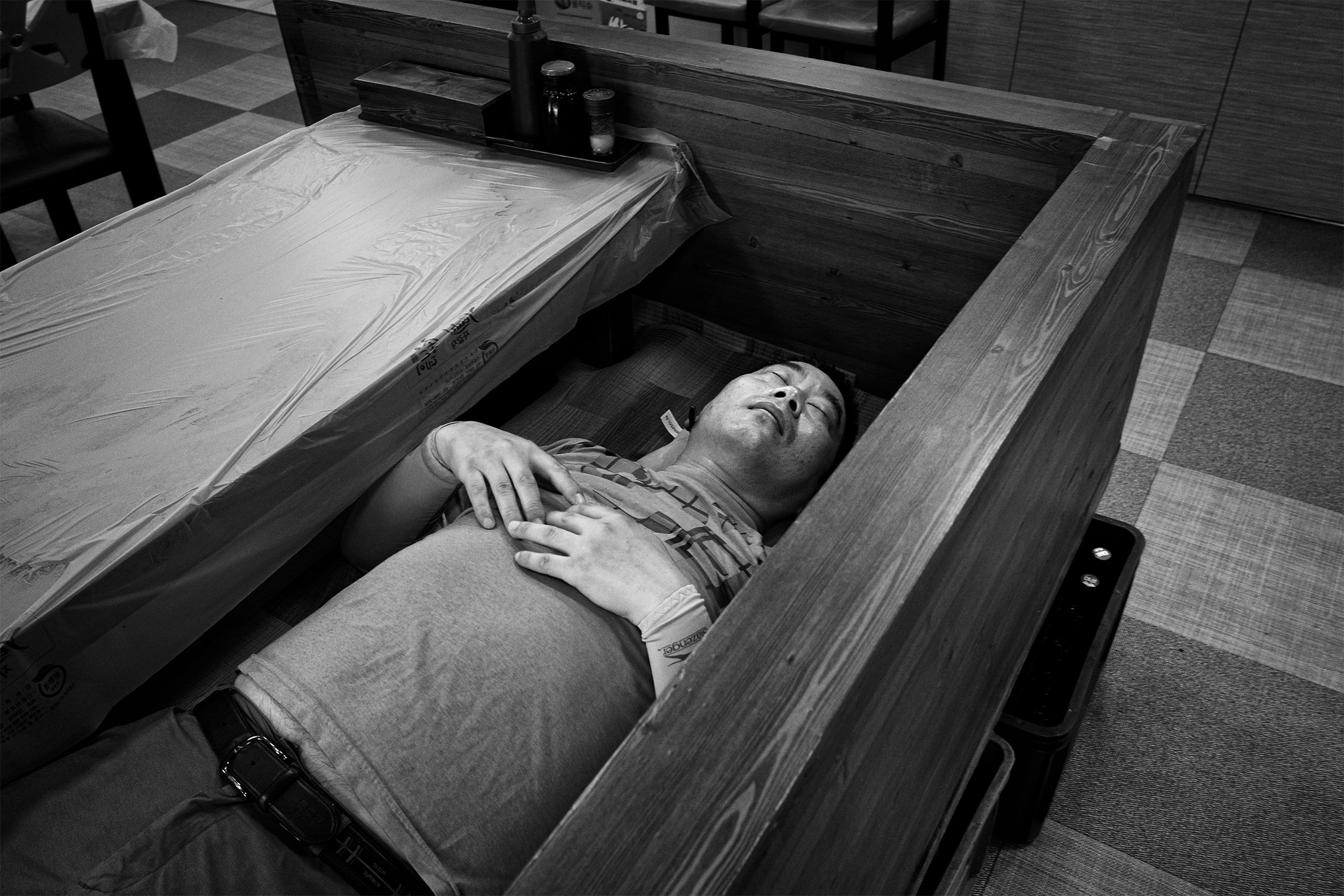
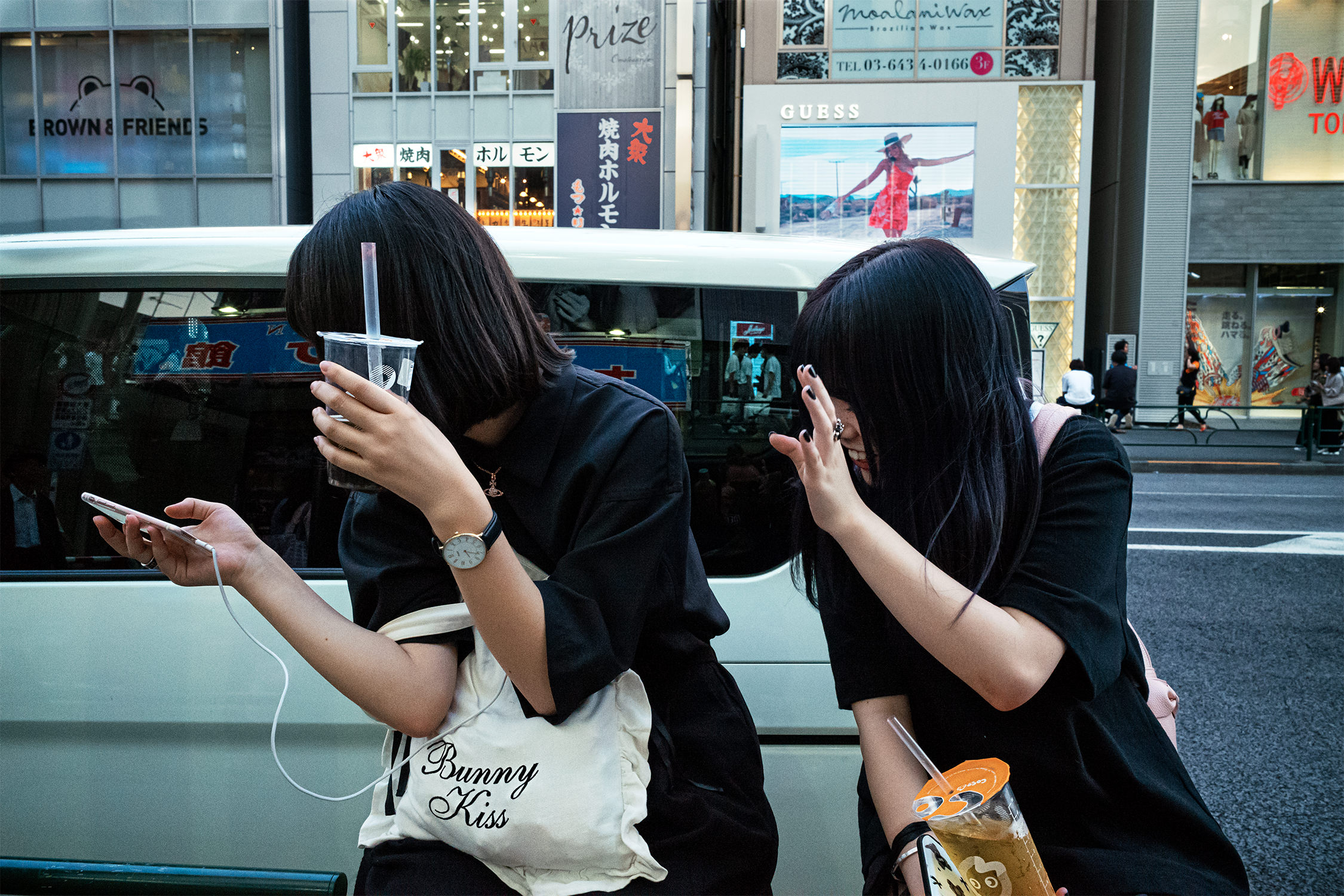
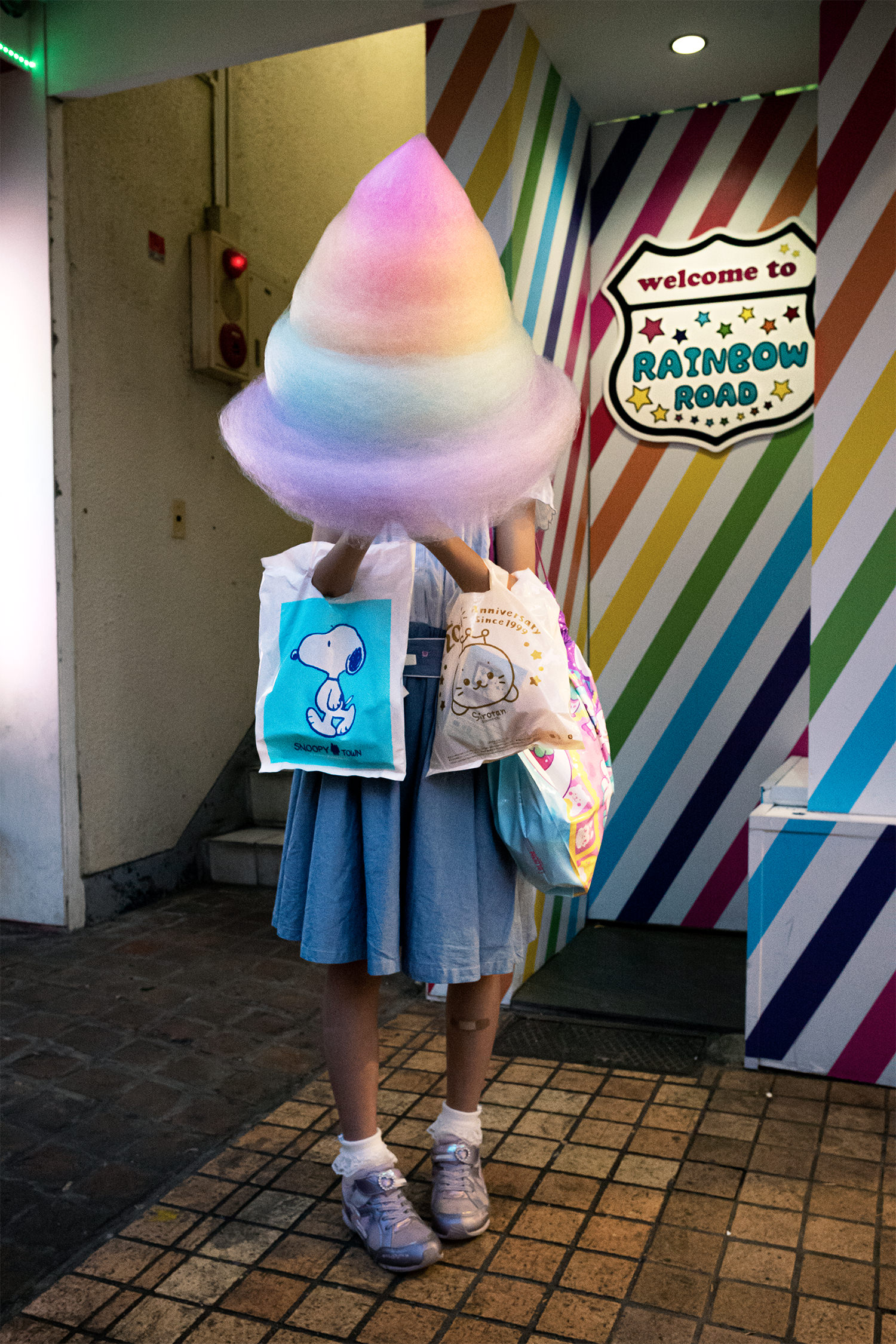
“Each photograph, while powerful on its own, contributes to a larger story that invites viewers to pause, reflect, and connect with the world around them.”
After shooting, what actions do you take in terms of processing and editing?
After shooting, I typically download the pictures and begin the editing process after a few days to gain a fresh perspective. This approach helps me avoid being too emotionally attached to my work and allows me to make more objective decisions during the editing process. I primarily use Photoshop and recently started using Capture One for post-processing. Editing is not just about post-processing images; it’s a state of mind that begins the moment you pick up your camera. It’s about making deliberate choices in composition, framing, and timing to capture the essence of a moment. This process continues as you review your images at home, selecting the ones that best convey your vision and discarding the rest. But editing doesn’t stop there. It’s an ongoing journey of refinement and reflection, where you revisit your photographs with fresh eyes and new insights. You may discover nuances and subtleties that you didn’t notice before, prompting you to make further adjustments and refinements. In this sense, editing is a never-ending process—a continual evolution of your artistic vision and expression. It’s about honing your craft, pushing boundaries, and striving for mastery with each click of the shutter. Ultimately, editing is not just about perfecting images; it’s about distilling the essence of a moment and conveying it to others in a way that resonates deeply.
Do you have new projects or themes in mind that you would like to explore in the future?
Certainly, I want to continue documenting the present through street photography but also delve into documentary photography and storytelling. In this regard, I’m working on a long-term project. The idea was to do a work on “trivial” things in the sense of natural, normal, on the agenda, typical of southern culture but which appear exceptional to our eyes and capture their beauty. The idea was to photograph the trip a bit like Stephen Shore’s American Surfaces, only instead of Route 66 and American roads, there is the SS106. The Jonica state road 106 (SS 106) is an Italian state road that extends for 480 km from Reggio Calabria to Taranto, along the entire Ionian coast of Calabria, Basilicata, and part of the Apulian coast. It constitutes a traffic route of national importance and is included in the European Route E90. So the idea was a bit like this: to take the SS106, which in some places passes through towns, beaches, and inhabited areas, and make a diary of it. As a reference, the work of Shore, Eggleston, Graham, and Rinko Kawauchi—a work on instant photography in short. A sort of very personal photographic stream of consciousness.
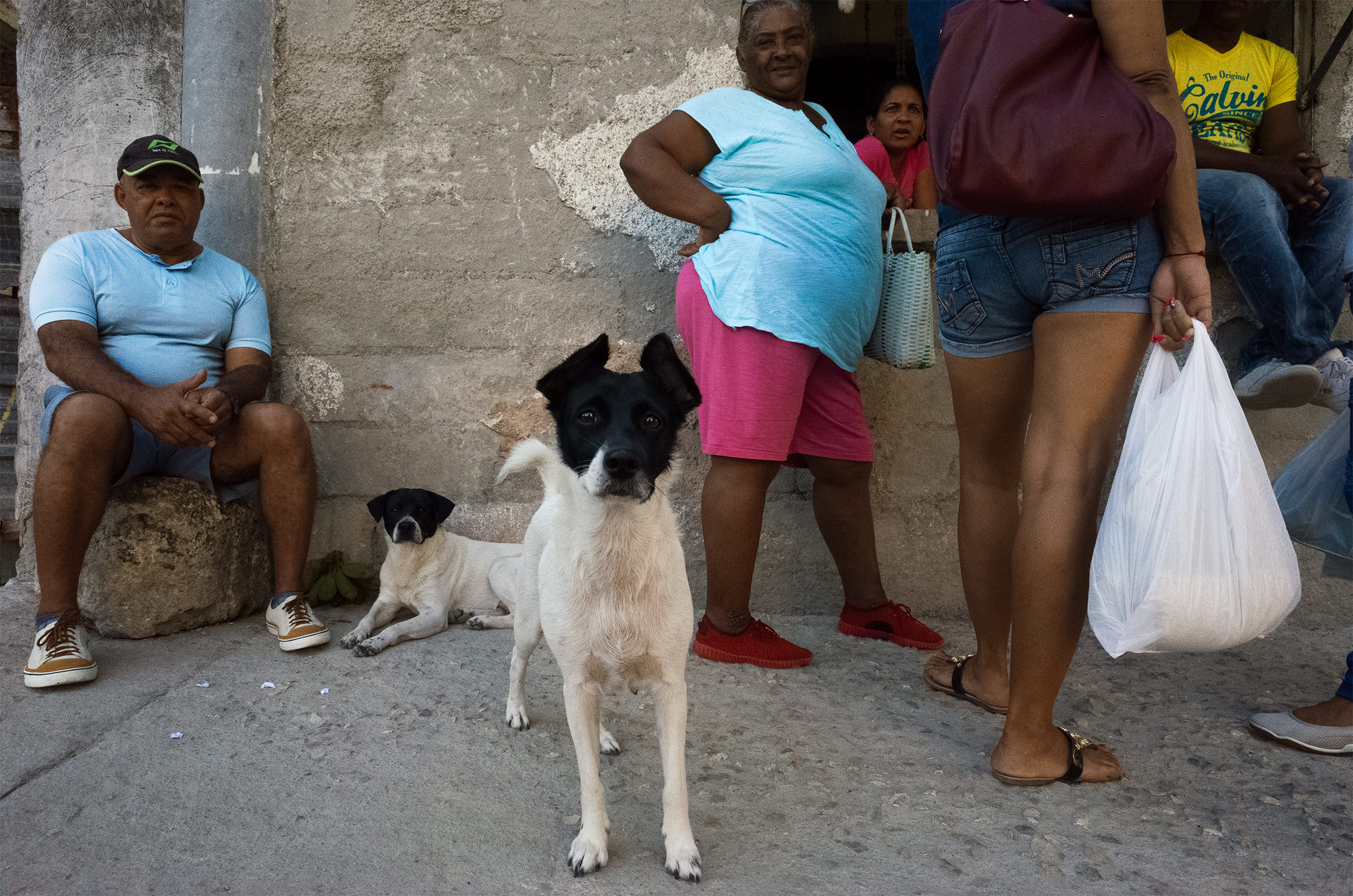
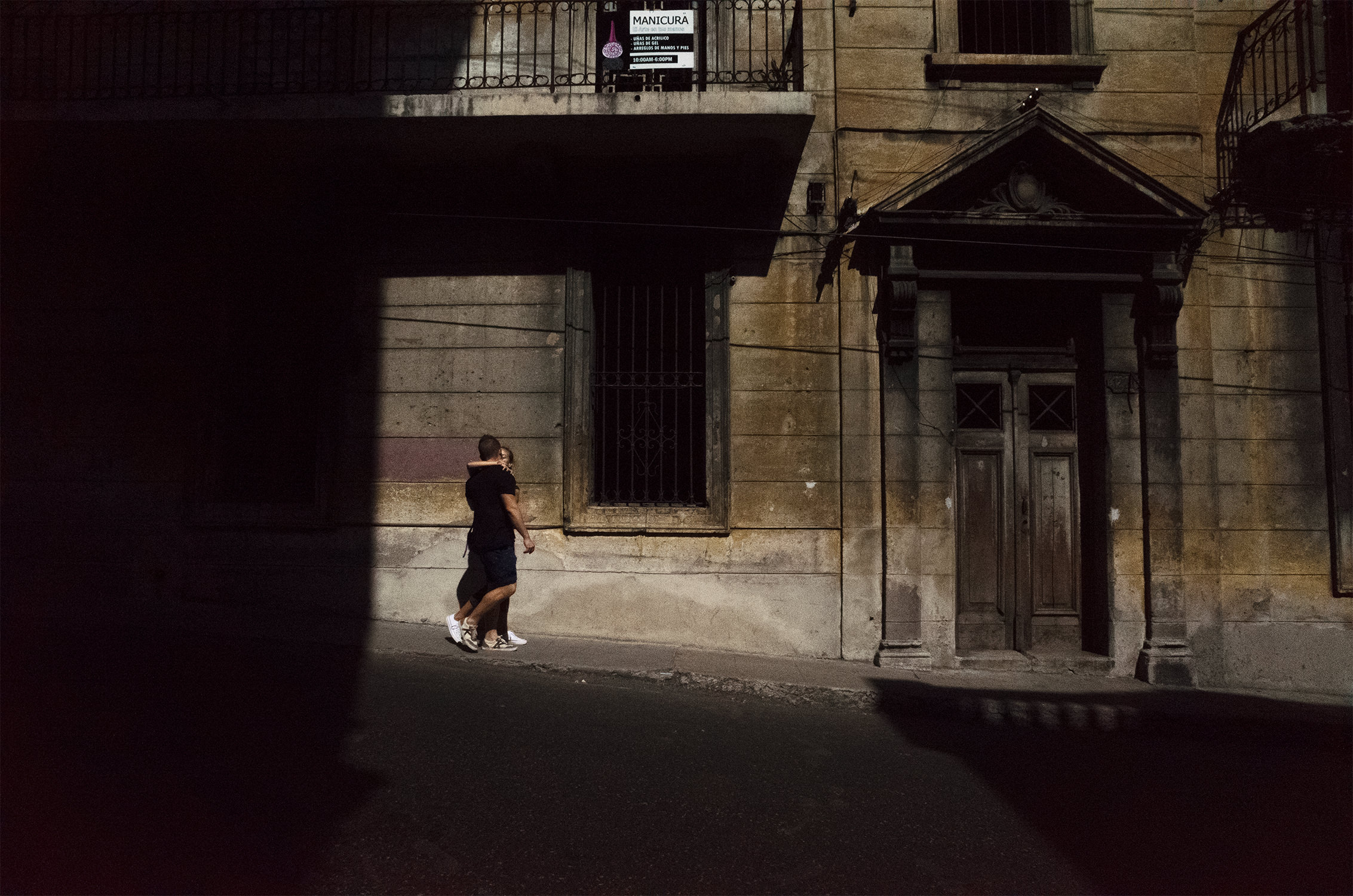
How do you see the evolution of your photographic work?
I see my photographic work evolving as a journey of continuous growth and exploration. With each project and experience, I refine my skills, deepen my understanding of storytelling, and push the boundaries of my creativity. My vision becomes more nuanced, my techniques more refined, and my storytelling more impactful. Overall, I aim to evolve as an artist while staying true to my unique voice and perspective.
Which are your favorite photography books?
There are a lot of them. However, I name the ones that I always look at with pleasure: “All That Life Can Afford” by Matt Stuart, “Immediate Family” by Sally Mann, “Exiles” by Josef Koudelka, “East of Nowhere” by Fabio Ponzio, “Sightwalk” by Gueorgui Pinkhassov, “The Suffering of Light” by Alex Webb, “The Hyena & Other Men” by Pieter Hugo, “Sleeping by the Mississippi” by Alec Soth, “Dolce Via” by Charles H. Traub, “Half Life” by Michael Ackerman, “Tokyo Compression” by Michael Wolf, “Family Love” by Darcy Padilla, “A Period of Juvenile Prosperity” by Mike Brodie, “Study” by Paolo Roversi.
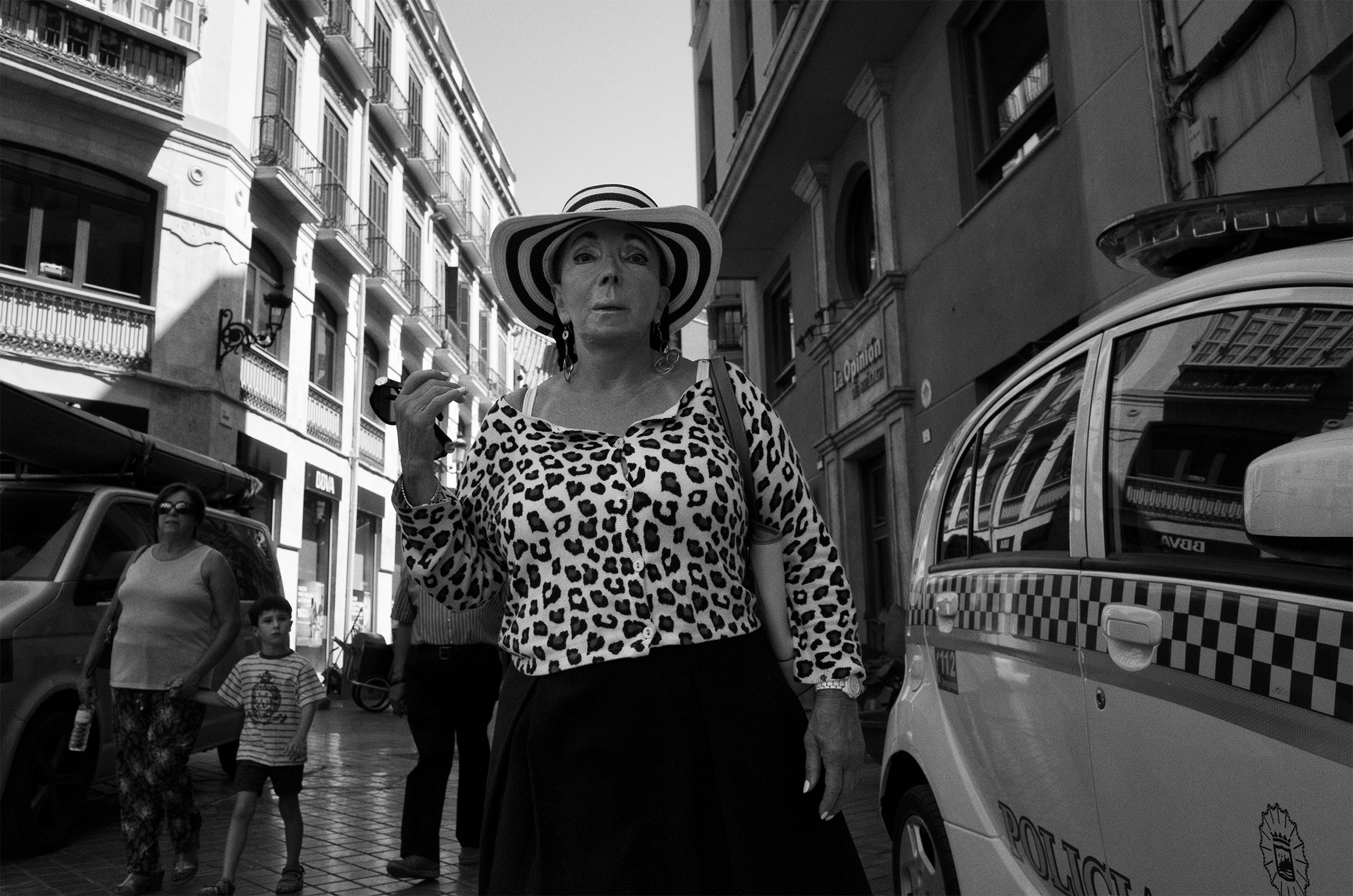
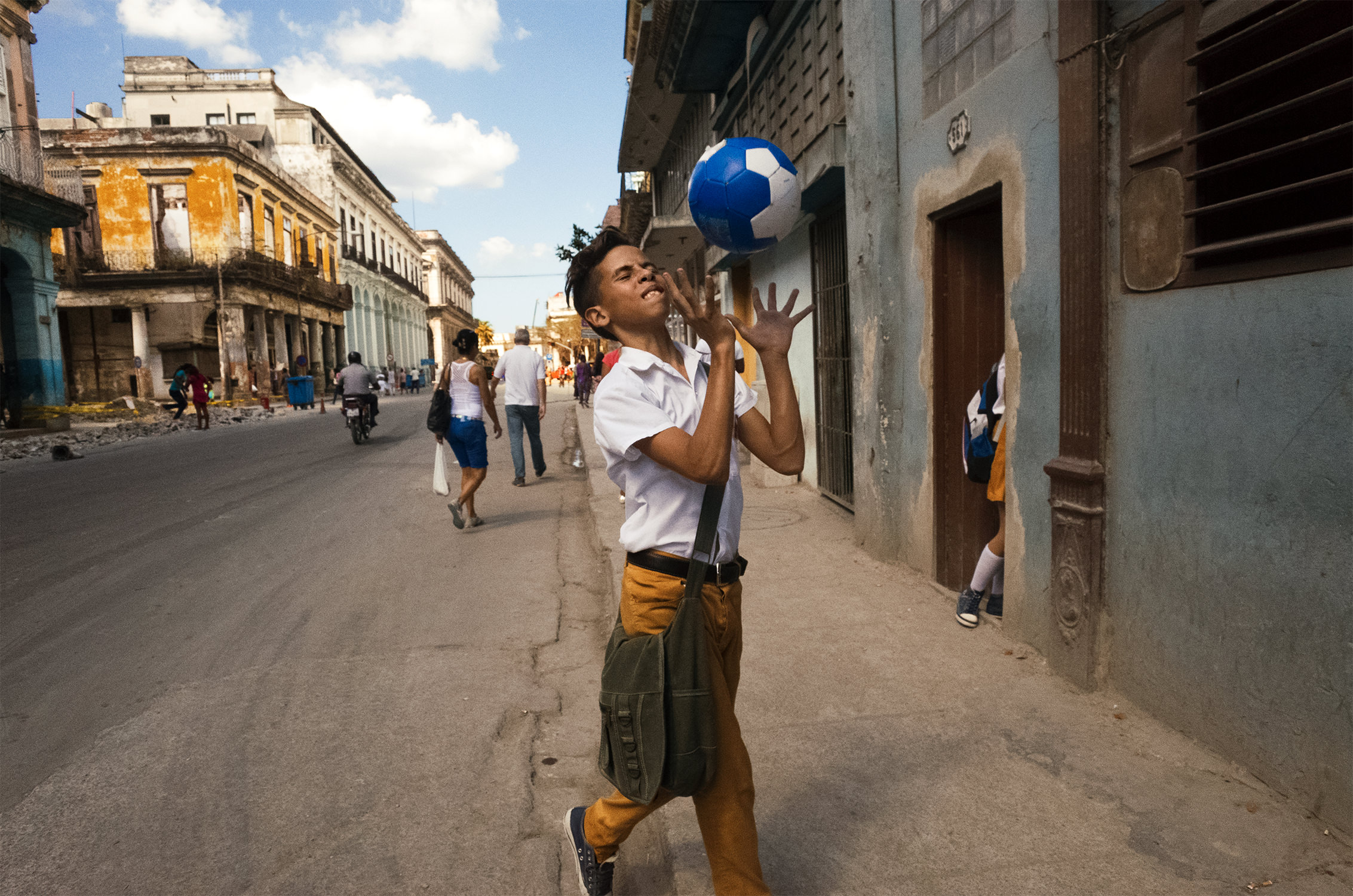
Is there a country or a city that you like to photograph more than others?
Each city has its own flavor, pace, and habits, and you have to connect with it to photograph it. I especially love Tokyo and New York, but I’ve also felt at home in Havana.
What advice would you give to someone who is starting to do street photography and wants to develop a unique and personal style?
For someone starting in street photography and aiming to develop a unique style, I’d offer the following advice: Study the Masters: Take time to study the work of renowned street photographers who inspire you. Experiment Widely: Don’t limit yourself to one style or technique early on. Experiment with different approaches, perspectives, and subjects to find what feels most authentic to you. Find Your Voice: Reflect on your personal experiences, interests, and perspectives. What stories do you want to tell through your photography? Use your unique voice and vision to create images that reflect your individuality. And of course, practice patience, embrace failure, seek feedback, stay curious, and finally, be authentic.
Thank you!
FLAVIO BIOGRAPHY
As a Roman photographer, my passion for imagery began early, ignited by an innate understanding of its potency. Yet, it was meeting Eolo Perfido, both friend and mentor, that unveiled my true calling: street and portrait photography. Amidst the chaos of Rome, away from the orderly facade of my parliamentary job, I find solace in the city’s authentic flux of scents, lights, colors, and ever-shifting forms.
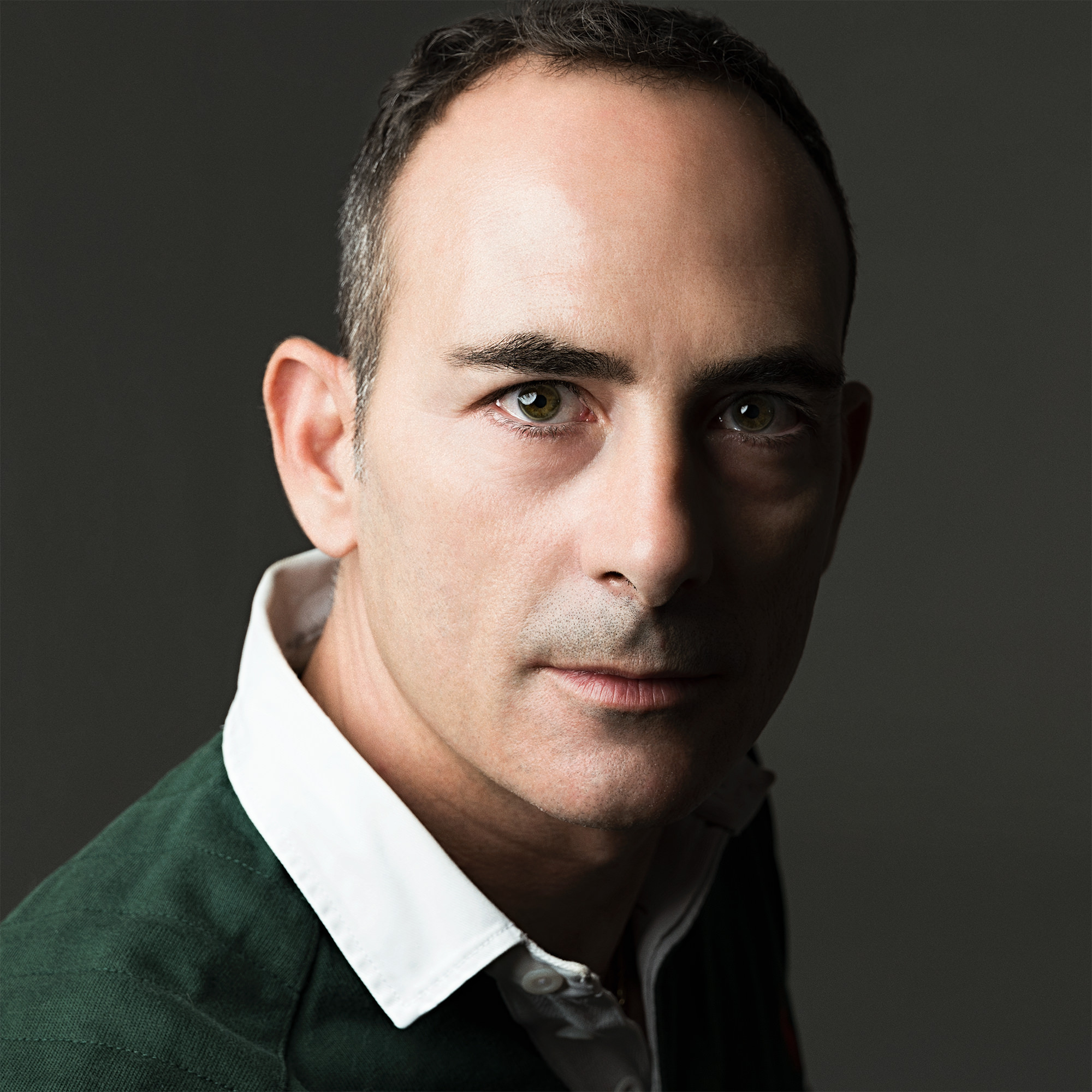
Flavio Links:
Website: https://www.theother.photo/
Facebook: https://www.facebook.com/FlavioZamb
Instagram: https://www.instagram.com/flaviozeta/

